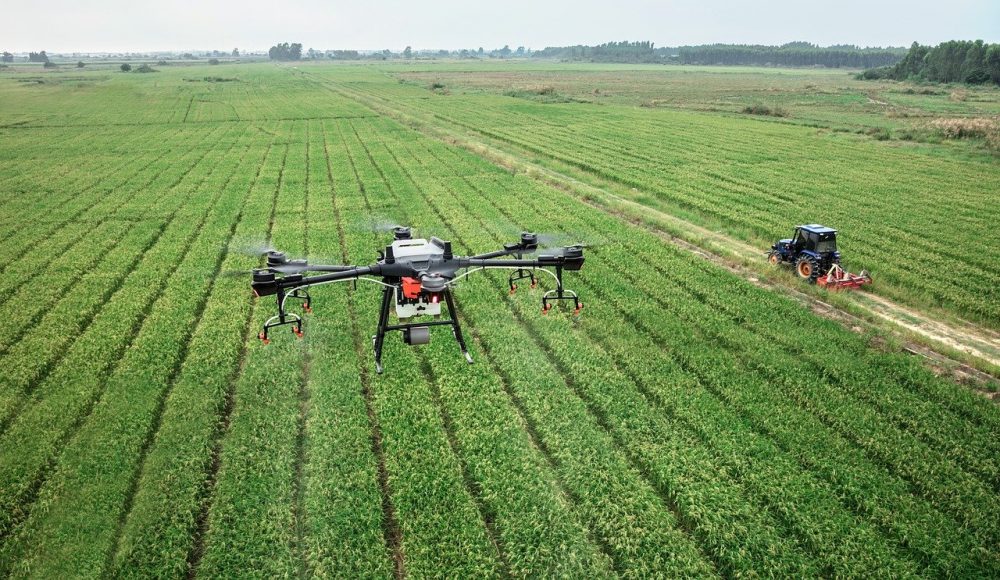
Tanzania's sectoral performance for the 2023/24 fiscal year reveals a mixed economic landscape with notable growth across various industries. The agricultural sector exhibited resilience, with food production increasing to 22.8 million tonnes, driven primarily by maize and rice, while cash crop procurement rose, exemplified by a 21% increase in cashew nuts. The manufacturing industry thrived, reporting a remarkable 35.3% surge in product value to TZS 18,622.9 billion, fueled by stable energy supplies and strong domestic demand. In contrast, the mining sector faced challenges, with a 2% decline in overall mineral recovery, although gold prices remained favorable. Tourism showed significant recovery, with visitor numbers climbing by 33.9% to 2.77 million, generating TZS 631.1 billion in revenue. Furthermore, electricity generation rose by 14.7% to 10,801.9 GWh, supported by new hydroelectric projects, while forestry and fishing saw increases in product values, despite sustainability concerns in the fishing industry. Overall, these figures highlight both growth opportunities and challenges that require strategic responses to ensure sustainable economic development in Tanzania.
The increase in food production to 22.8 million tonnes from 20.4 million tonnes indicates resilience in the agricultural sector. Major crops like maize and rice continue to dominate, showcasing the sector's capacity to meet food demands and enhance food security. The rise in cash crops, particularly cashew nuts and cotton, signals opportunities for export growth and rural income generation, despite the setbacks in coffee and tea production.
A substantial 35.3% increase in the value of manufactured products, reaching TZS 18,622.9 billion, reflects a robust manufacturing sector bolstered by stable energy supplies and domestic demand. This growth suggests that the government’s efforts to enhance infrastructure and energy availability are paying off, enabling manufacturers to expand and diversify their production.
The 2% decline in mineral recovery value, especially in coal, alongside increased gold value due to favorable market prices, illustrates the volatility and dependency on global demand in the mining sector. The continued dominance of gold as a revenue driver shows its critical role in the economy, yet the decline in coal highlights the need for diversification and adaptation to market shifts, especially considering the importance of the Lake Zone in mineral production.
The significant growth in tourism, with visitor numbers up 33.9% and revenue increasing by 37.7%, indicates a successful recovery and revitalization of the sector post-pandemic. The Northern Zone's dominance in visitor numbers and earnings showcases its appeal and importance as a key tourist destination, suggesting that ongoing promotional efforts and investments in the tourism sector are effective.
A 14.7% rise in electricity generation to 10,801.9 GWh demonstrates improvements in the energy sector, primarily driven by new hydroelectric projects and enhanced infrastructure. This growth is crucial for supporting other sectors of the economy, especially manufacturing and agriculture, and indicates the government's commitment to increasing energy capacity, which is essential for sustainable development.
The 21.1% increase in the value of forest products and the 17% rise in the value of fish sold reflect growing industries with significant contributions to local economies. However, the decline in fishing volume due to overfishing raises sustainability concerns that need to be addressed to ensure long-term viability. Improved management practices in forestry highlight the potential for growth in this sector, but it also underscores the importance of balancing economic activity with environmental sustainability.